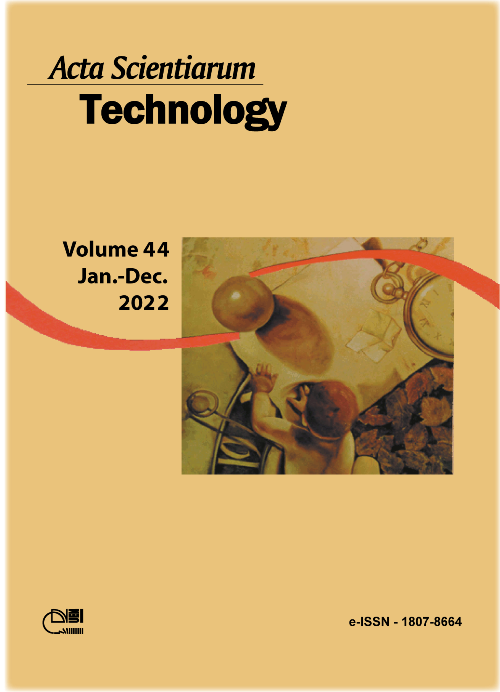Optimization of fermentation conditions for sourdough by three different lactic acid bacteria using response surface methodology
DOI:
https://doi.org/10.4025/actascitechnol.v44i1.57040Keywords:
Biomass; fermentation conditions; lactic acid bacteria (LAB); optimization; sourdough.Abstract
This study aimed to investigate optimal fermentation conditions for sourdough by freeze-dried Lactobacillus curvatus N19, Weissella cibaria N9 and Lactobacillus brevis ED25 isolated from Turkish sourdough previously. The central composite rotational design was applied to the optimization of fermentation parameters (temperature and time). The fermentation was carried out under a simulated sourdough system and biomass concentration, total acidity, and lactic and acetic acid formation were chosen as response variables. Results showed that the models developed for all variables were significant (p < 0.05) and there was no lack of fit in any of quantifications (p > 0.05), indicating the suitability for representing the relationship between variables and factors. While both of the independent parameters were effect the response, fermentation time was the most significant factor influencing the response. The validation experiments using the optimized condition showed a good agreement between the experimental and predicted values except the lactic and acetic acid formation for W. cibaria N9. In conclusion, freeze-dried L. curvatus N19 can be used as a starter culture to sourdough fermentation for bread industry due to optimum fermentation conditions (29oC temperature and 23h time).
Downloads
Downloads
Published
How to Cite
Issue
Section
License
DECLARATION OF ORIGINALITY AND COPYRIGHTS
I Declare that current article is original and has not been submitted for publication, in part or in whole, to any other national or international journal.
The copyrights belong exclusively to the authors. Published content is licensed under Creative Commons Attribution 4.0 (CC BY 4.0) guidelines, which allows sharing (copy and distribution of the material in any medium or format) and adaptation (remix, transform, and build upon the material) for any purpose, even commercially, under the terms of attribution.
Read this link for further information on how to use CC BY 4.0 properly.



















8.png)




